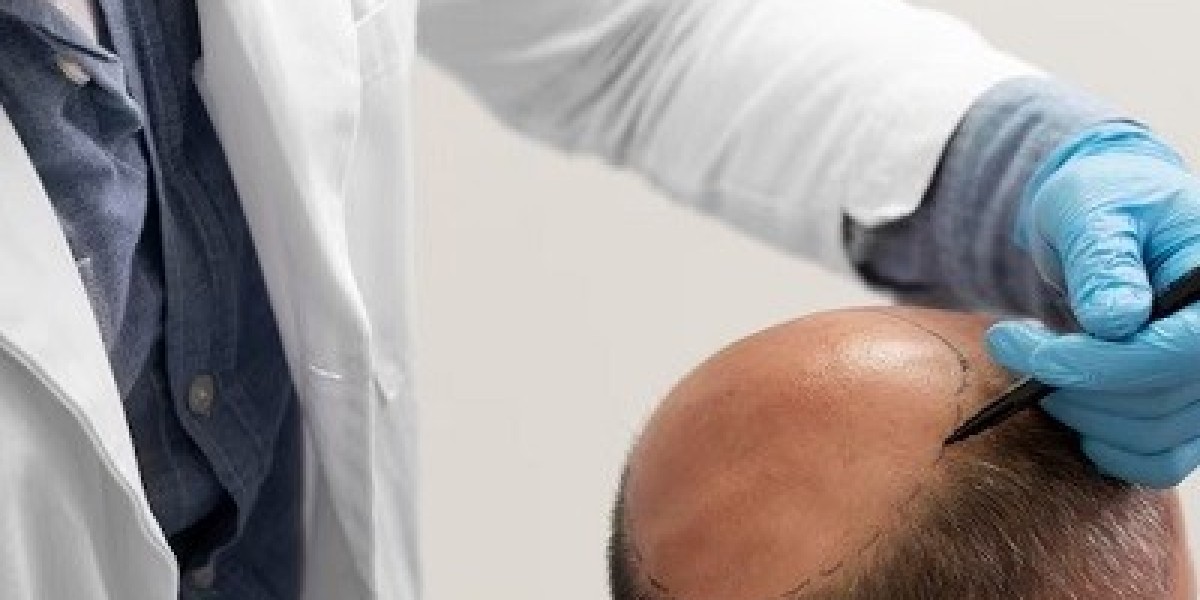Hair loss can be a distressing experience for many individuals, impacting self-confidence and quality of life. Fortunately, advancements in medical technology have made hair transplant procedures increasingly popular and effective. If you're considering a hair transplant, it's crucial to understand the various treatment options available to determine which might be best suited to your needs. In this blog post, we'll explore some of the most common hair transplant treatments and their benefits.
Follicular Unit Transplantation (FUT): Follicular Unit Transplantation, also known as strip harvesting, involves removing a thin strip of tissue from the donor area (usually the back or sides of the scalp) where hair growth is abundant. The strip is then dissected into individual follicular units containing one to four hairs each, which are transplanted into the recipient area where hair is thinning or balding. FUT is known for its reliability and efficiency in harvesting a large number of grafts in a single session. However, it does leave a linear scar at the donor site, which may be a concern for some patients.
Follicular Unit Extraction (FUE): Follicular Unit Extraction is a minimally invasive hair transplant technique that involves harvesting individual follicular units directly from the donor area using a small punch tool. The grafts are then transplanted into the recipient site, similar to FUT. FUE does not leave a linear scar, making it an attractive option for those who prefer shorter haircuts or have a higher risk of scarring. Additionally, FUE offers a quicker recovery time compared to FUT, with less post-operative discomfort.
Robotic Hair Transplantation: Robotic hair transplantation utilizes advanced robotic technology to assist in the harvesting and transplantation of hair follicles. The system uses algorithms to identify and extract the healthiest follicular units from the donor area with precision and efficiency. Robotic hair transplant procedures offer several advantages, including increased accuracy, reduced risk of human error, and minimal scarring. However, this technology may not be widely available and could be more expensive than traditional methods.
Platelet-Rich Plasma (PRP) Therapy: Platelet-Rich Plasma therapy is often used in conjunction with hair transplant procedures to promote healing and stimulate hair growth. PRP involves extracting a small amount of the patient's blood, processing it to concentrate the platelets, and injecting the resulting PRP solution into the scalp. The growth factors present in PRP help nourish the transplanted follicles and encourage new hair growth, leading to improved results and faster recovery.
Stem Cell Therapy: Stem cell therapy is a cutting-edge treatment that harnesses the regenerative potential of stem cells to promote hair growth. During a hair transplant procedure, stem cells may be extracted from the patient's own fat tissue or bone marrow and injected into the scalp to rejuvenate dormant hair follicles and stimulate new hair growth. While still in the early stages of research, stem cell therapy holds promise as a potential long-term solution for hair loss.
In conclusion, the best treatment for hair transplant depends on various factors such as the extent of hair loss, the quality of donor hair, personal preferences, and budget. Consulting with a qualified hair transplant surgeon is essential to determine the most suitable treatment plan tailored to your individual needs and goals. Whether you opt for FUT, FUE, robotic transplantation, or adjunctive therapies like PRP and stem cell therapy, undergoing a hair transplant can restore your confidence and help you achieve natural-looking, long-lasting results.
For more information visit Dynamic Clinic PK








